Finding the right pellet is crucial - and there are short cuts, as Jim explains
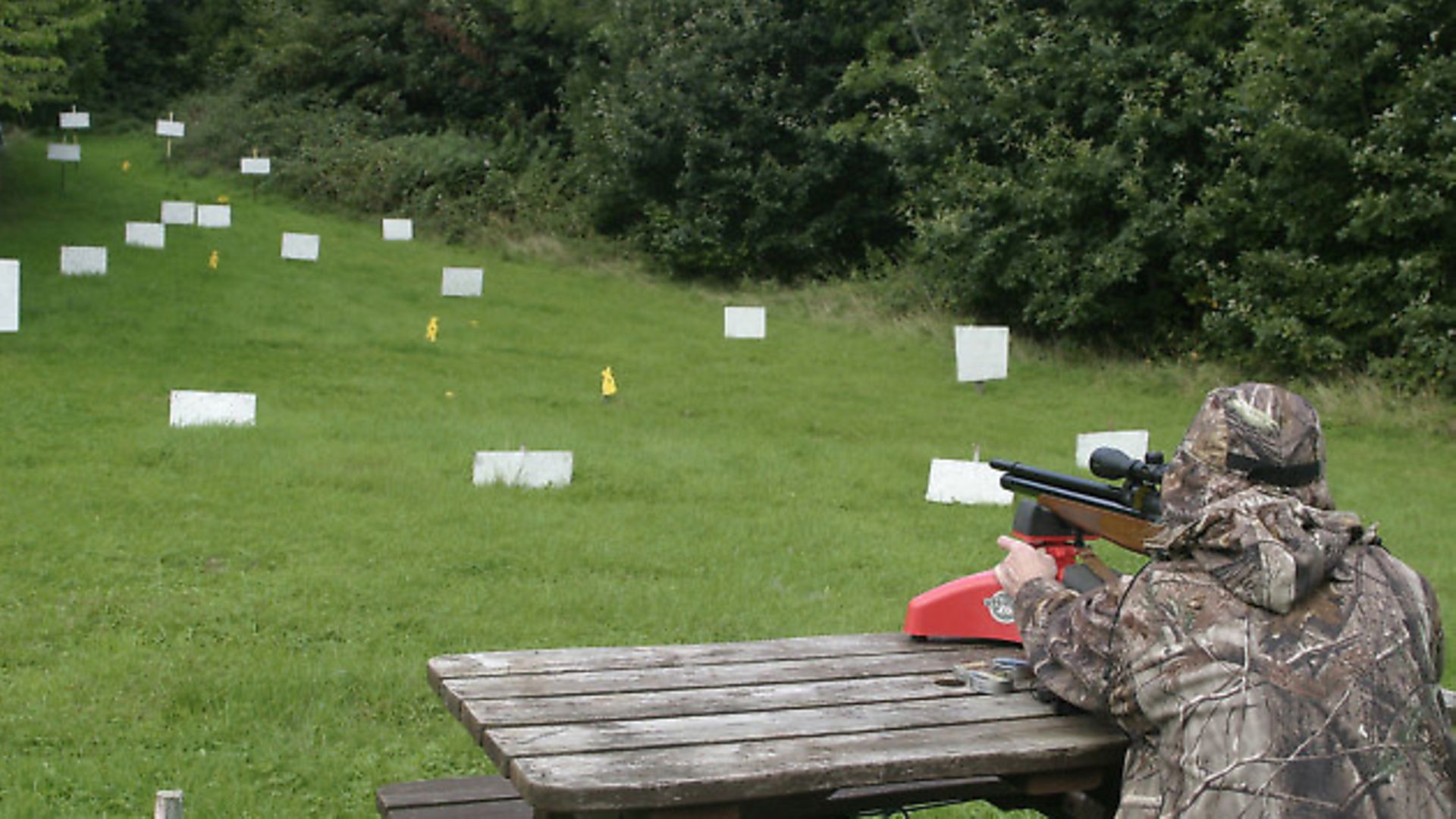 credit: Archant
credit: Archant
You’d think a pellet that performed well in one example of an airgun would perform just as well in an apparently identical airgun, but that’s not always the case. While it is a good idea to ask owners of the same airgun as yours which pellets they find most accurate, other peoples’ recommendations are only a starting point in your quest for the ideal pellet.
There’s a bewildering range of pellets to choose from, and if that were not bad enough, many are offered in a range of nominal head sizes, and a few allow you to select pellets from anything up to 50 dies, possibly more. So, where to start?
Type
The type of shooting you do will determine to a large extent the range of pellets that might suit you best. Outdoor target shooters (HFT and FT) need accuracy out to 45 to 55 yards above all, closely followed by a low susceptibility to wind drift and good velocity retention in flight for a flatter trajectory. That means a round-head pellet.
Indoor target shooters obviously need the best accuracy but – because there’s no wind and because ranges are fixed and known – that is regardless of ballistic coefficient and trajectory. For close range (six-yard and ten-metre) paper targets, the flat head or ‘wadcutter’ reigns supreme as it produces neat round holes without tearing the paper, but the flat-head pellet’s accuracy does not hold at much over 25 yards. So for bench rest shooting at longer ranges, only the round-head pellet will deliver the accuracy.
Hunters too need accuracy, but that must be balanced with the pellet’s ability to produce clean kills. It’s true to say that any pellet in the right spot will kill, but the more internal damage the pellet causes, the surer the kill, and there are occasions when designs other than round head may be preferable. For short-range pest control, flat-head and hollow-point pellets deliver a higher impact force than the round head. Neither type maintains accuracy at much beyond 25 yards, though, so for longer ranges, the round head again is by far the best.
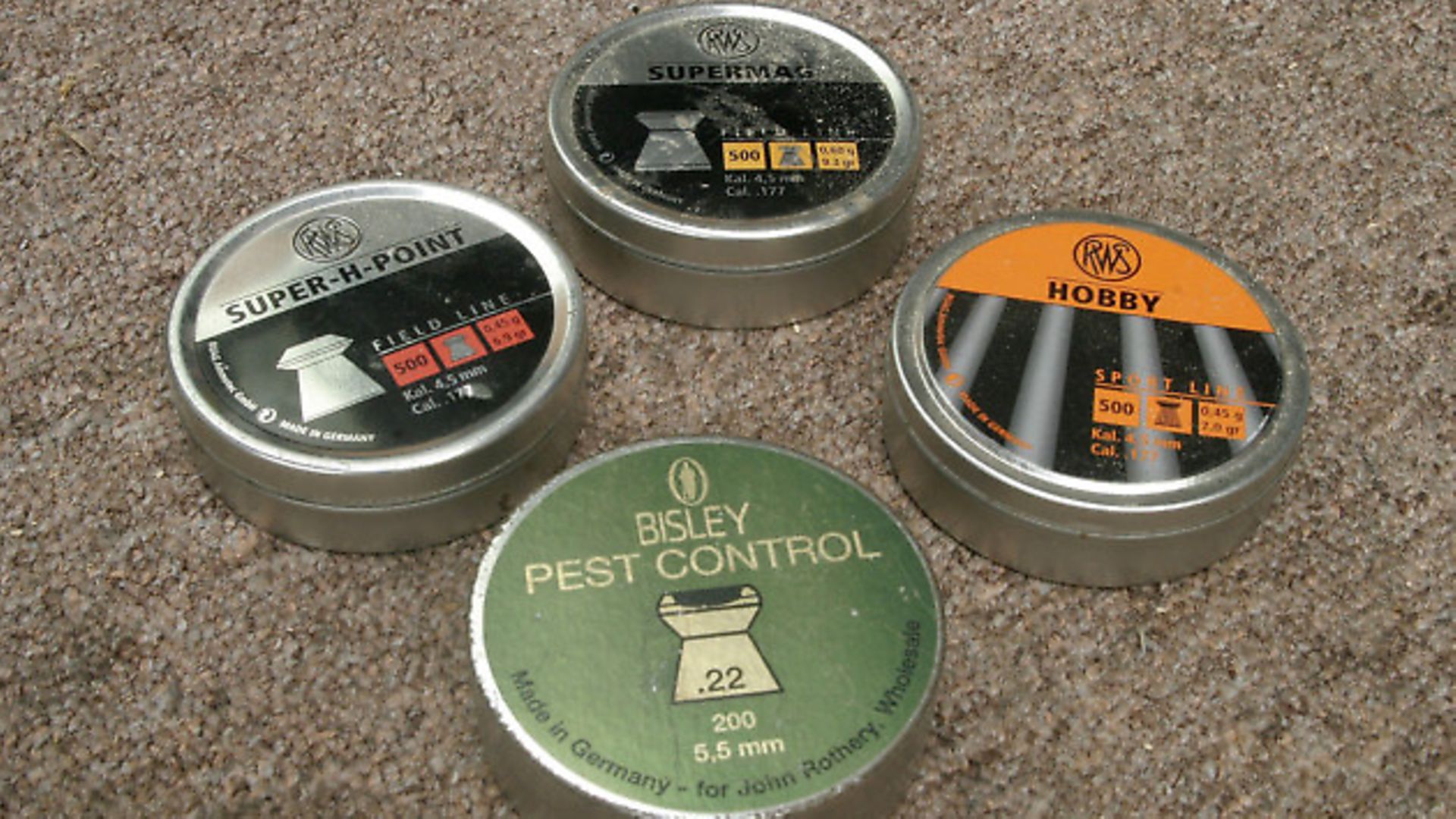 credit: Archant
credit: Archant
Target shooters
Indoors or out, the best starting point for target shooters is to find out which pellets fellow club members with similar rifles use. Then arm yourself with a small selection of the most favoured, test them and ask if anyone wants to try some, in return for you trying some of theirs. This is the most economical way of getting hold of samples of pellets that have die number and manufacturing date information on the tin, and it is common to see two people finding that each other’s pellet favours their airgun, and swapping tins.
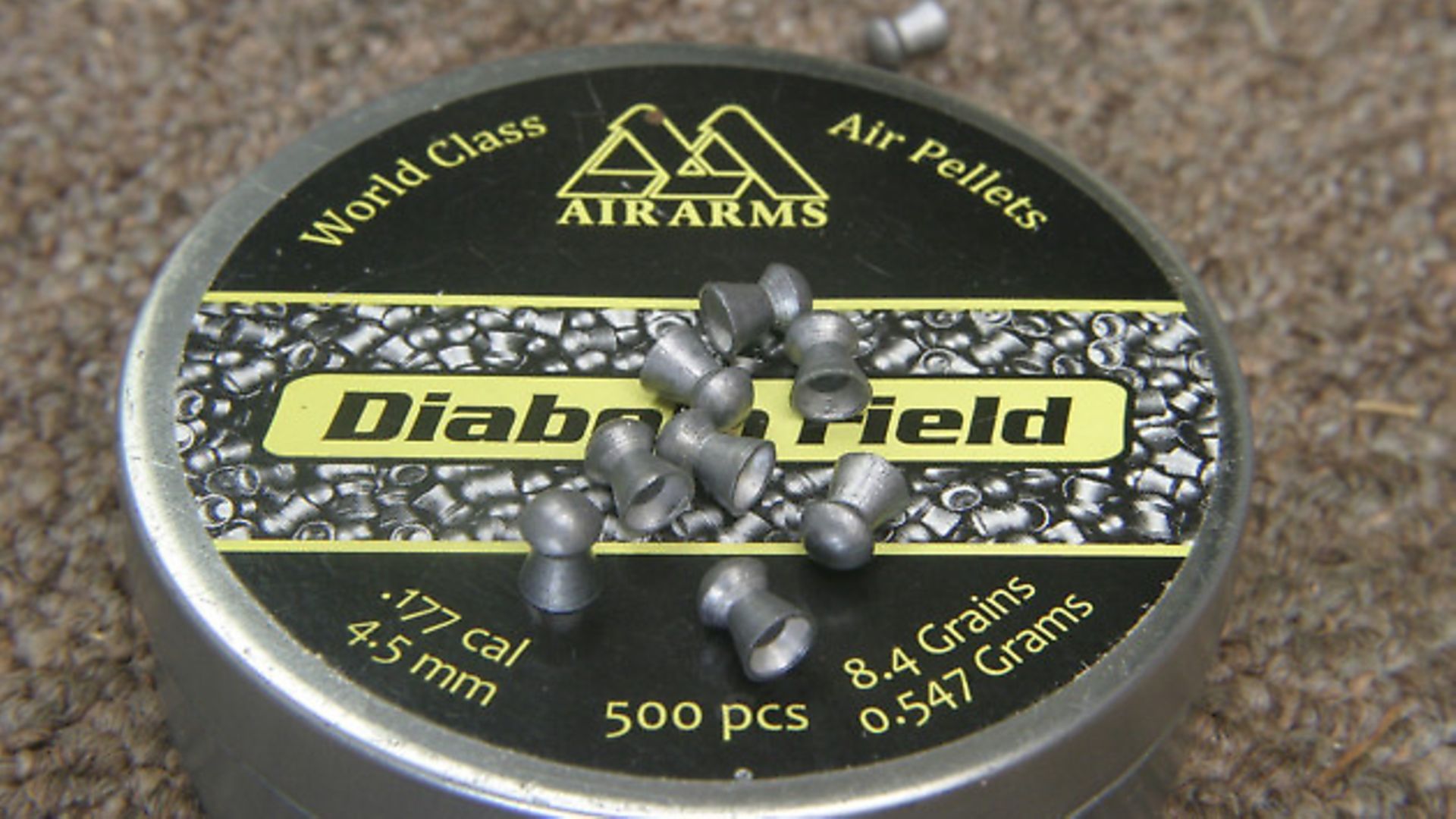 credit: Archant
credit: Archant
Test packs
Those who aren’t in clubs can buy packs containing a selection of pellets for testing. These are probably your best starting point, with two provisos – you will need at least 50 examples of each pellet for a reliable test and the first 20 or so will be needed to ensure that the barrel is properly leaded for that pellet.
So, what do we mean by ‘leading’? Each pellet will leave its own pattern of traces of lead in the rifling, and this will build up over the course of a number of shots before stabilising, at which point the barrel is leaded and accuracy can be tested. If the previous pellet to be used was of a harder alloy than the next, it pays to give the barrel a good clean – I use a phosphor bronze brush, which has never caused any problems in my experience, despite many cautioning against it. Not cleaning the barrel when switching pellets can cause real problems.
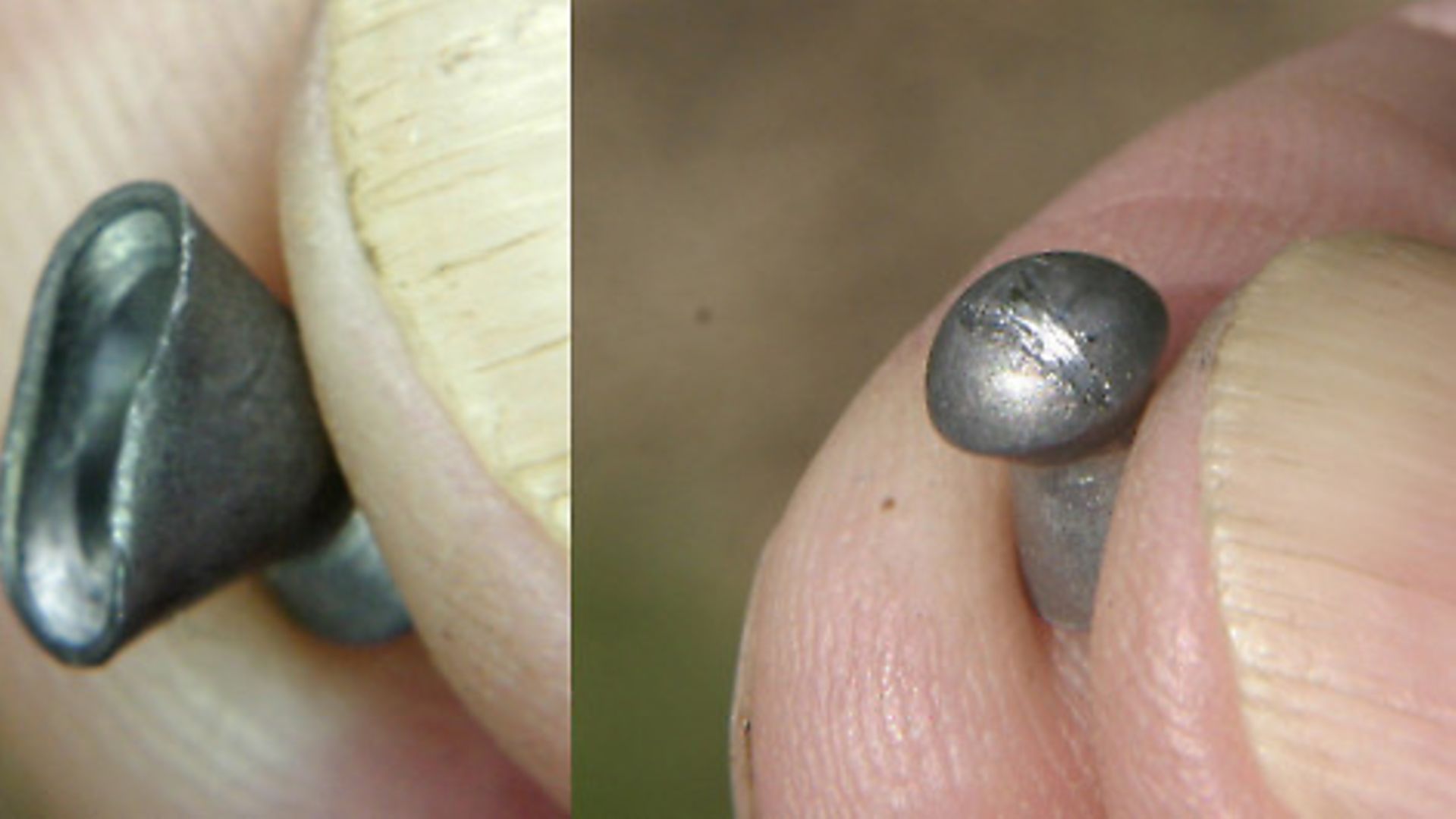 credit: Archant
credit: Archant
Testing
Before testing a pellet for accuracy, it’s worth checking the muzzle velocity and energy to make sure the trajectory curve won’t be too pronounced for your purposes, and that the energy is safely within the limit. If you can, measure the muzzle velocity and the velocity at range as well, and note the percentage velocity retention for comparison with other pellets.
This will not only tell you which of two pellets will give the flatter trajectory, but serve as a guide to wind susceptibility as pellets that retain velocity better are usually less affected by wind. This chrono’ testing will also be leading the barrel.
Unless you specifically wish to test a pellet’s behaviour in the wind, you need to test in still air or, if you can’t test indoors, only in the lightest of air movement. It doesn’t always follow, but the wind often dies down in the late afternoon and evening so, because I don’t have access to an indoor range, that’s when I do most accuracy testing.
It makes sense to test at whatever your maximum shooting range will be, because some pellets that can perform tolerably well at close range may perform poorly at greater distance. This is especially true of flat-head pellets and, to a degree, of pellets other than round head, many of which seem specifically marketed for hunting.
It is vital that you test the pellet and not your shooting ability, so you ideally need to shoot with the rifle fully rested – easy with a PCP, due to the almost total absence of recoil, but not so easy with a spring airgun. My solution is to rest the fore end on a pile of cushions, use my left hand rested on a cushion to support the butt and have yet another cushion under my right elbow, all on a table. The cushions allow the rifle to move as freely as possible, replicating movement of the muzzle and butt throughout the recoil cycle.
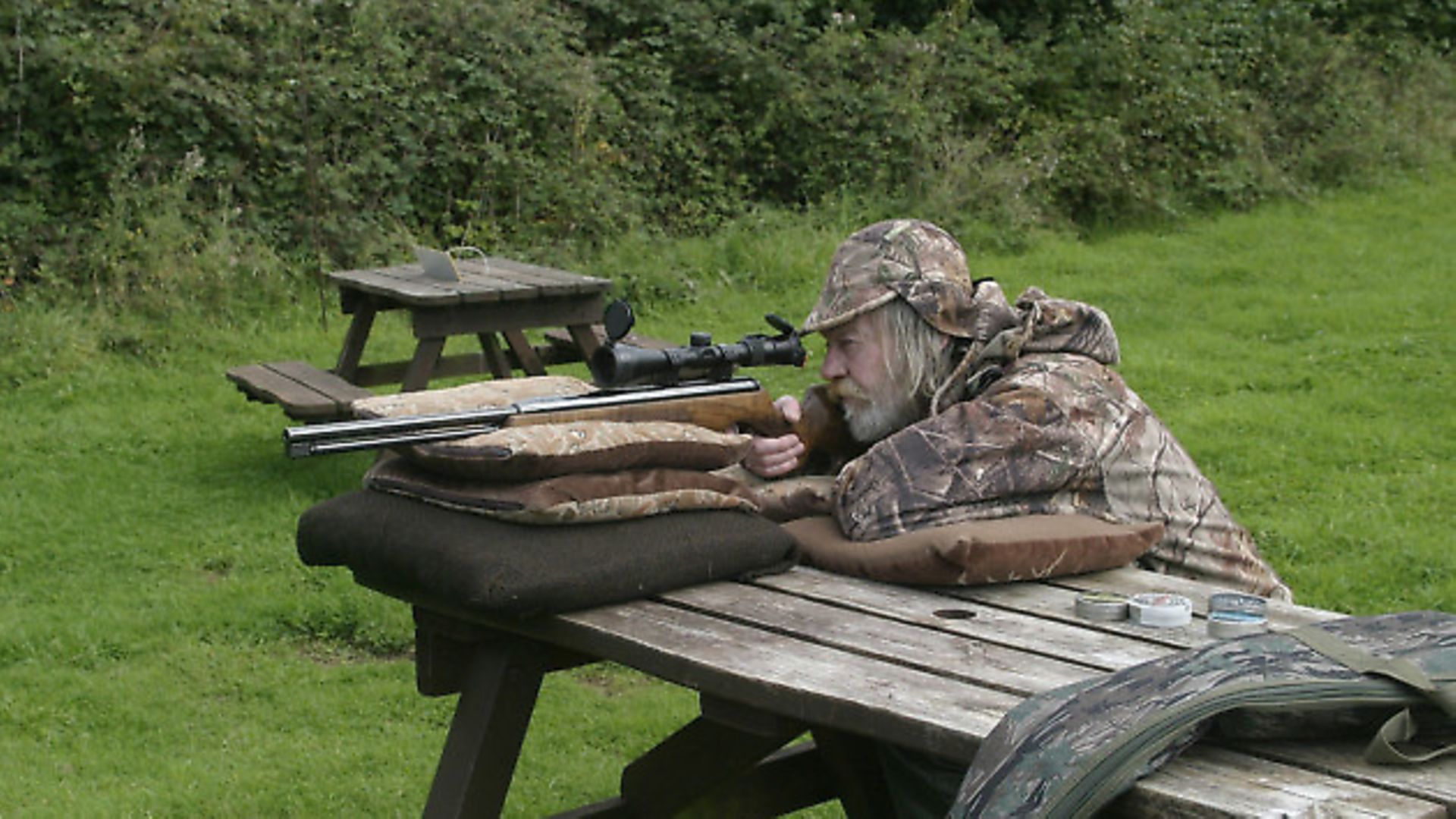 credit: Archant
credit: Archant
Targets and groups
Printed card targets with scoring roundels cost just 4p or 5p each, or these days you could download designs and print your own. At Nomads we have steel plates painted so pellet strikes show as holes in the paint. Personally, I never throw cardboard boxes away, but cut them up to use as targets, making aim points with a black felt-tip pen. The important point is that the target should clearly show neat pellet strikes.
I have seen photographs of three pellet holes offered as proof of good grouping, but three shots are not necessarily a group, and could be a fluke. Five shots is better, and ten shots are a representative group and a real test of the pellet’s suitability for the rifle.
The psychological problem with trying to shoot groups is that, as the number of pellets in the group grows, pressure not to spoil the group grows as well. But if you bear in mind you are not testing your shooting ability, and that a stray shot does not matter as long as you know it was your fault rather than the pellet’s, the pressure should subside. If you find you are pulling shots or losing concentration, take a break.
Finding the best pellet for your airgun takes time and patience, but it’s definitely worth the effort. When you find the right pellet, buy in bulk.
____________________
You may also like:
Gary Wain investigates: the importance of picking the perfect pellets
Q&A: Can heavy pellets cause mainspring failure?
How to gauge wind strength and direction